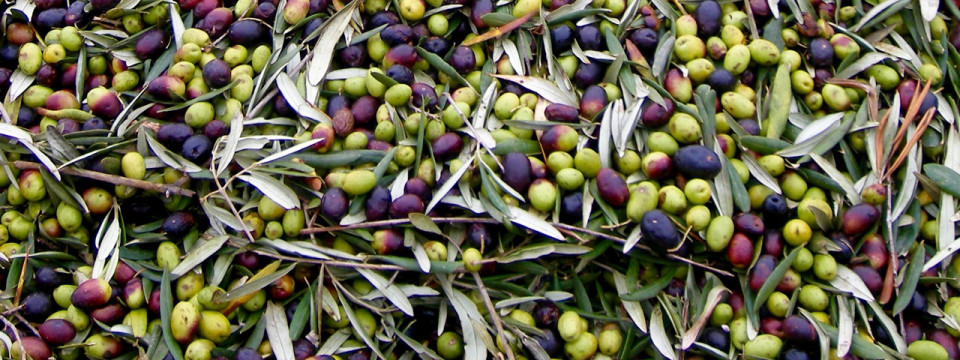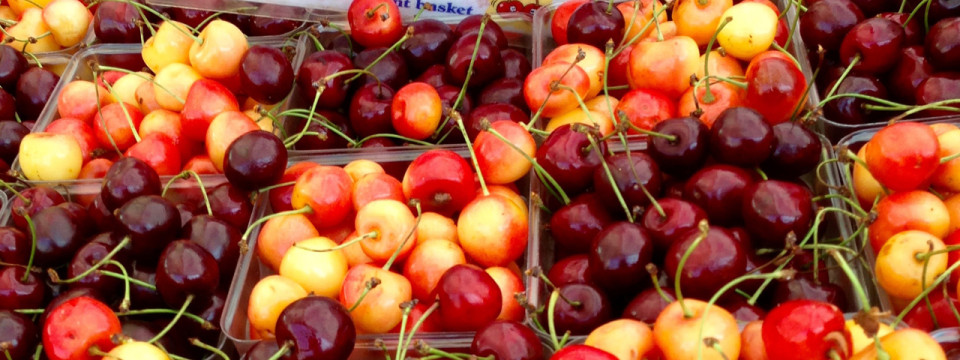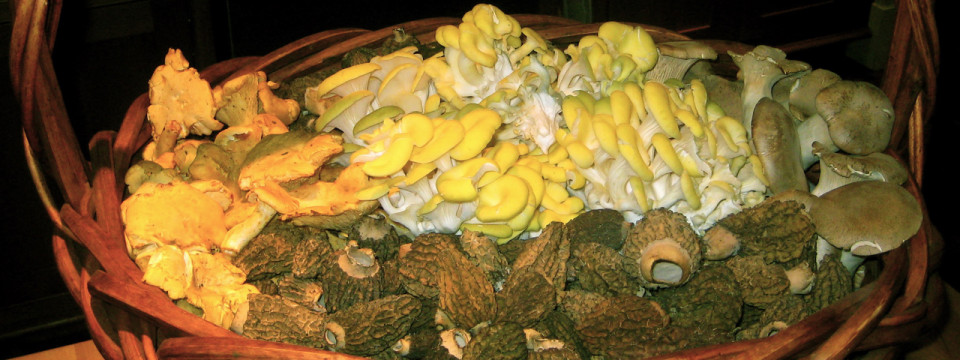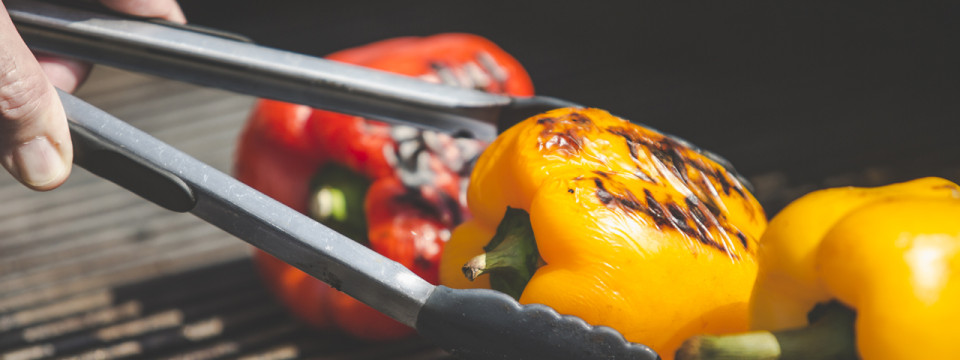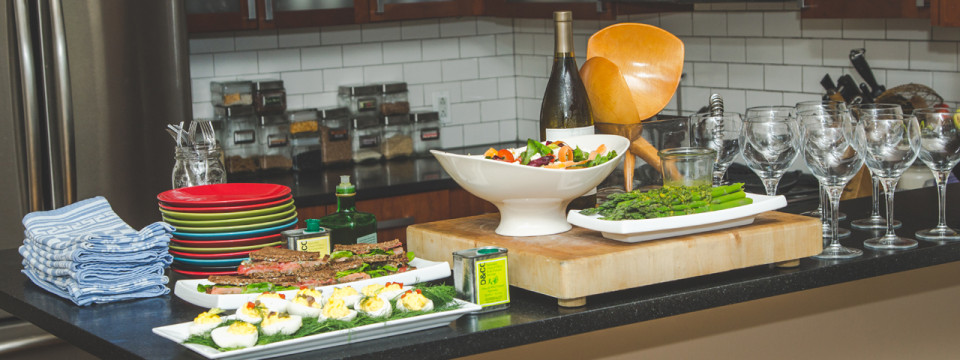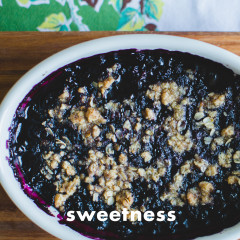Jul03
Posted on Jul 3 by Chris
Caramelized is a word that has been tossed around so often it has almost lost its meaning. Technically, the only thing that can be caramelized is sugar, all other foods get their rich brown crust from something known as the Maillard reaction. Caramelized onions are really Maillard-ized onions but that doesn’t sound so good on a menu. To put it very, very simply: When some foods are subjected to high heat, the sugar(s) and amino acid(s) they contain combine and from there a complex process leads to the kind of rich flavor we all love. If you want to know more about the Maillard reaction turn to someone who really knows all about it, Michael Laiskonis. Some foods that are Maillard-ized include crusty bread, sliced sauteed potatoes and seared steak. My personal favorite is a panful of dry sea scallops lightly coated with olive oil and seasoned with salt and pepper. The “dry” sea scallop part is important. They are the only kind that will give you that wonderful brown surface that you can see in the photo above....
Jun23
Posted on Jun 23 by Chris
So they’re ‘half-crocked’ because there is far less salt in this brine than most. It still flavors the chops and keeps them moist but it isn’t the salt-fest that most brines are. I also don’t like the super juicy effect that a heavy brine gives. It reminds of those hams in a can. Orange zest, thyme and honey round things out. Use the same brine for pork tenderloins, chicken breasts or shrimp. (Cut the brining time for shrimp to 3 to 4 hours.) Makes 4 servings 4 cups water 1/3 cup kosher salt 1/3 cup aromatic honey, such as acacia or buckwheat 3 tablespoons cracked black peppercorns Zest from 2 oranges, removed in wide strips with a vegetable peeler 1 bunch fresh thyme 4 1-inch thick pork loin chops Bring the water, salt, honey, peppercorns, zest and thyme in a 3-quart pot. Bring to a boil over high heat, stirring to dissolve the salt and honey. Cool to room temp. Place the chops in a container large enough to hold them and the brine comfortably but snugly. (A 2-quart...
Jun15
Posted on Jun 15 by Chris
Filo is usually sold frozen in 1-pound boxes. A package of filo dough may be defrosted at room temperature (about 2 hours) or in the refrigerator (about 24 hours). Remove only remove the number of sheets called for in the recipe from the defrosted package. Immediately return the remaining sheets to the plastic bag they were sealed in and wrap the plastic bag tightly in aluminum foil before returning to the freezer or refrigerator. Work with one or two sheets of filo at a time. Top the remaining sheets of filo with a sheet of waxed paper (my favorite) or plastic wrap and cover completely with a lightly dampened cloth to keep them moist. Uncovered filo sheets dry out and become impossible to work with in a matter of minutes. Filo can only be defrosted and refrozen a few times before it becomes brittle and very difficult to work with. As most things made with filo pastry freeze beautifully, it is better to make a little extra filling and freeze the finished product than to defrost and refreeze the...




